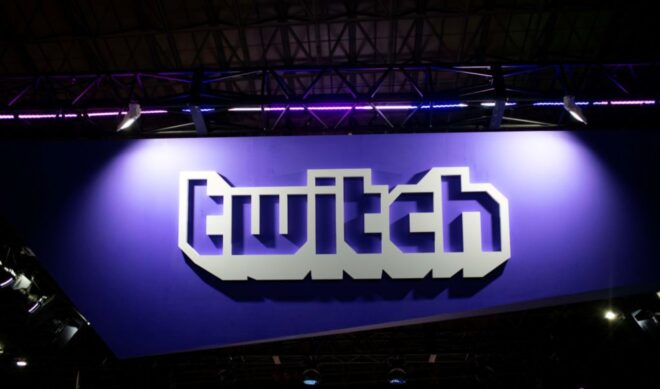Up until 2019, YouTube and Twitch were on opposite sides of the internet train track. Sure, they both had livestreaming capabilities, but livestreaming was all Twitch did, while it was more of a side quest for (then) long-form-VOD-focused YouTube. But in 2019, Ninja made the ill-fated decision to leave Twitch for Microsoft’s Mixer, and his exodus kicked off a frantic spate of exclusive, lock-down talent signings that put YouTube and Twitch in direct competition with one another.
Now, things are a bit calmer. YouTube, its attention shifted to Shorts, is clearly not prioritizing becoming a livestream dominator, and while there is still occasional movement with streamers going from one platform to the other, exclusive deals are less common, especially now that Twitch allows multistreaming.
All that being said, Twitch and YouTube still both account for large portions of the livestreaming market, and they’re both owned by digital advertising juggernauts (Google for YouTube, Amazon for Twitch), so it was an interesting revelation when Twitch CEO Dan Clancy said his platform makes most of its revenue from viewers buying channel subscriptions and donations rather than ad revenue.

Subscribe to get the latest creator news
YouTube, as you probably know, makes virtually all of its billions of dollars of income from ad revenue. There’s some other stuff in the mix, like YouTube Premium subscriptions and creator-managed Channel Memberships, but the vast majority? Ads, powered by Google’s immense infrastructure.
But Twitch doesn’t operate that way. Yes, it sells ad placements on streams, but those only account for about one-third of Twitch’s overall revenue, Clancy said at Cannes Lions. The other ~66% is coming directly out of viewers’ pockets.
“Over two-thirds of the money that we make come from subscriptions. It’s not from ads,” Clancy explained earlier this year. “The interesting thing about subscriptions is that a subscription isn’t for access to content,” he added. “A subscription is patronage to this creator.”
So why is this important? Well, for one, it shows Twitch’s ad offerings might be lagging, contributing to its overall money problems. Two, and on a brighter note, we don’t often get a glimpse of Twitch’s financial internals, but we did know that Twitch’s audience is unique, and this confirms it. Unlike with VOD content, where viewers mostly express support for creators by passively generating income for them via watching content for free, Twitch viewers are actively spending money. It’s accepted and comfortable for streamers to ask their viewers to pay for subscriptions and/or donations, and this atmosphere of community financial support is clearly driving the Twitch ecosystem.
(To be clear, though, we’re not saying that YouTube viewers aren’t willing to put up cash for creators; YouTube has released lots of case studies about the success of Channel Memberships in supporting creators financially.)
This culture of direct support for creators could be what keeps Twitch afloat among streaming competitors and VOD platforms alike…so long as it stays in creators’ and viewers’ good graces.














